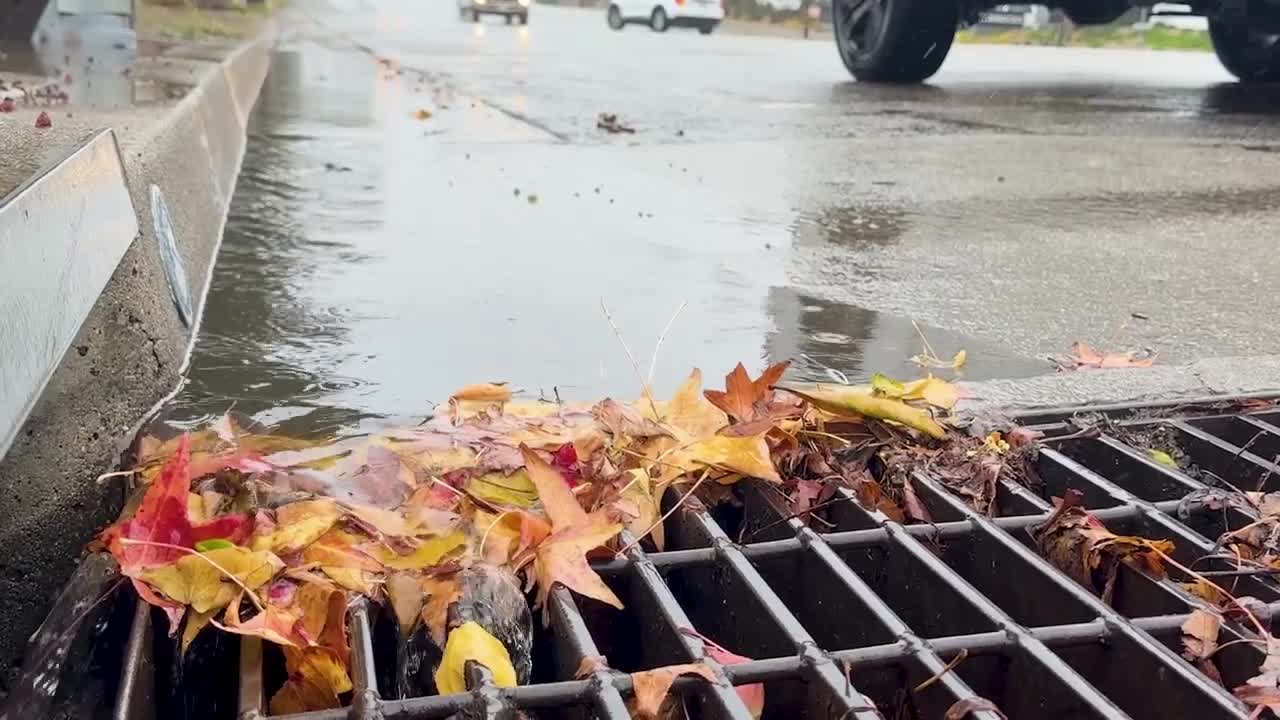Following the rain we've had over the last few weeks, the Central Coast is no longer in drought.
"This week, a lot of the communities across California were taken out of that drought stage. Last week, about 50% of the state was in some sort of drought. This week, just 30% of the state is. For us here on the Central Coast, we're completely out of those drought stages, and what that means for us is that we've seen a lot of rain recently," said Vivian Rennie, KSBY Meteorologist.
Rennie adds that November has been a big rain month across the region.
"Some communities, especially on the South Coast, have seen over a foot of rain," she said. "Most communities [have] seen close to about six inches of rain. That amounts to a huge amount of our annual rainfall."
That's something farmers say has both pros and cons.
"It could be affecting vineyards who still have grapes to harvest because they can't get in," said Paul Clark, SLO County Farm Bureau Executive Director. "Also, the rain will waterlog the grapes and potentially degrade their quality. But by and large, this has been a big benefit, particularly for cattle ranchers wanting the grass to start growing."
While we may not be classified as in a drought currently, the San Luis Obispo County Office of Emergency Services says conserving water is still important.
"Right now, our reservoirs are hovering around 80% to 85% of capacity," said Scott Jalbert, SLO County OES Director. "So with that, that changes every month, and if we do go into a drier January, February, March, that could lead to bigger problems down the road. So continue to conserve, and do all the things that you would normally do under a drought condition."
He adds that you shouldn't notice a change because of this new designation.
"Nothing's going to change. We don't have any restrictions on right now. Some of the water purveyors may have some restrictions on, but as far as the county and the state goes, there's really no changes," Jalbert said.




